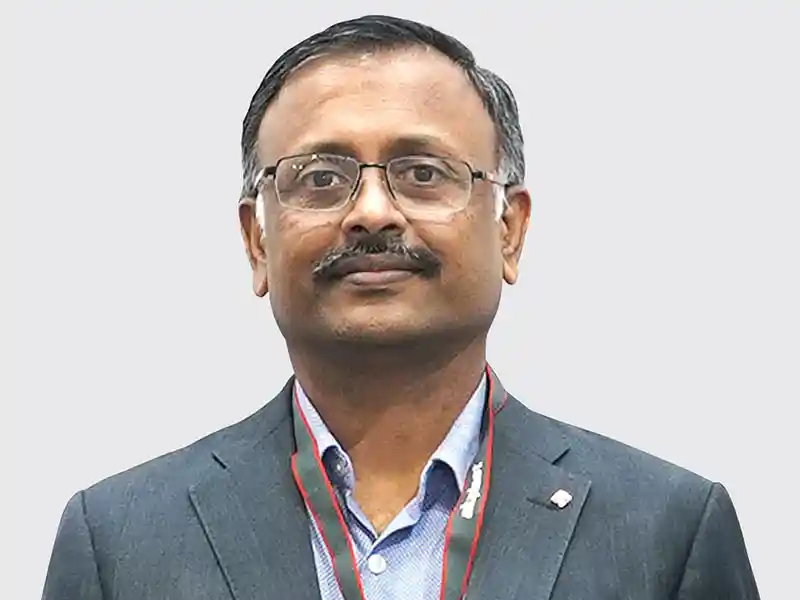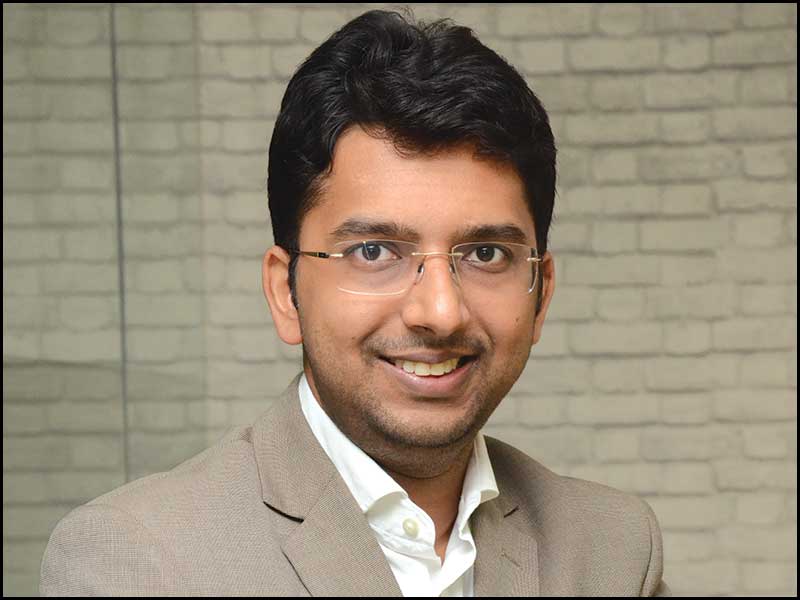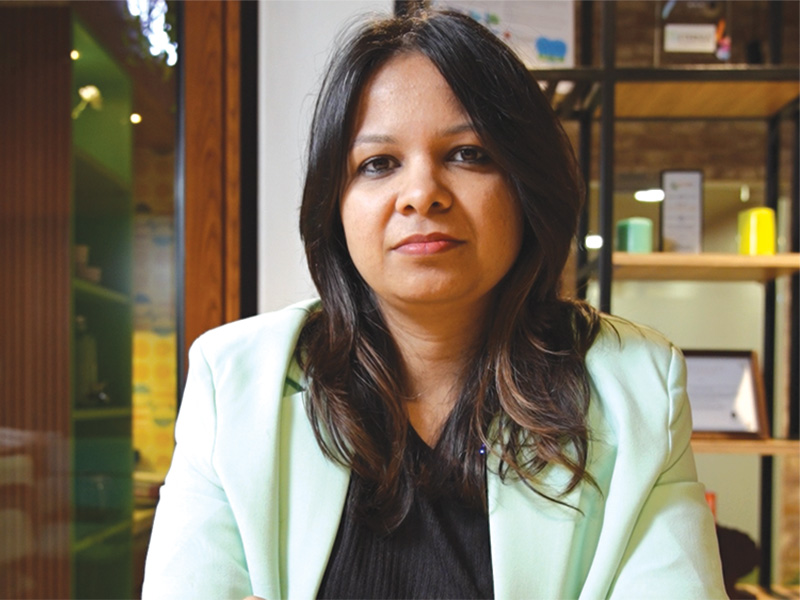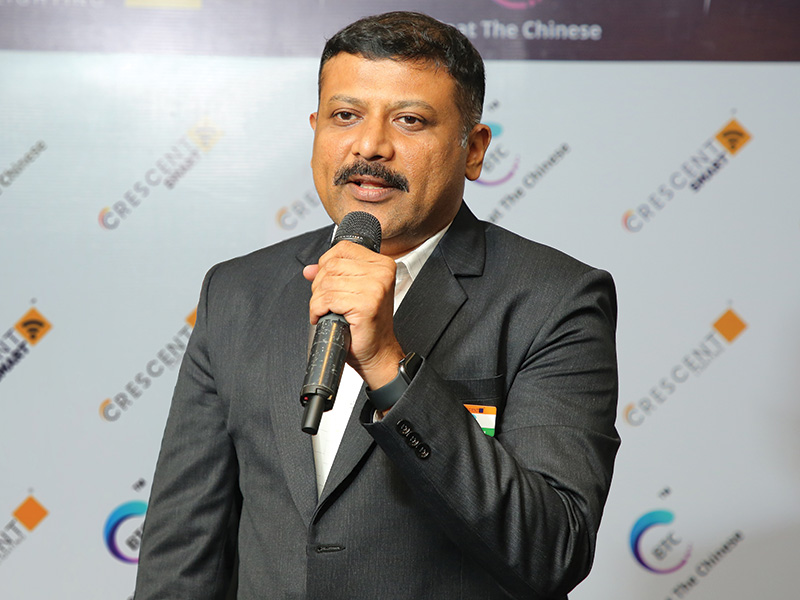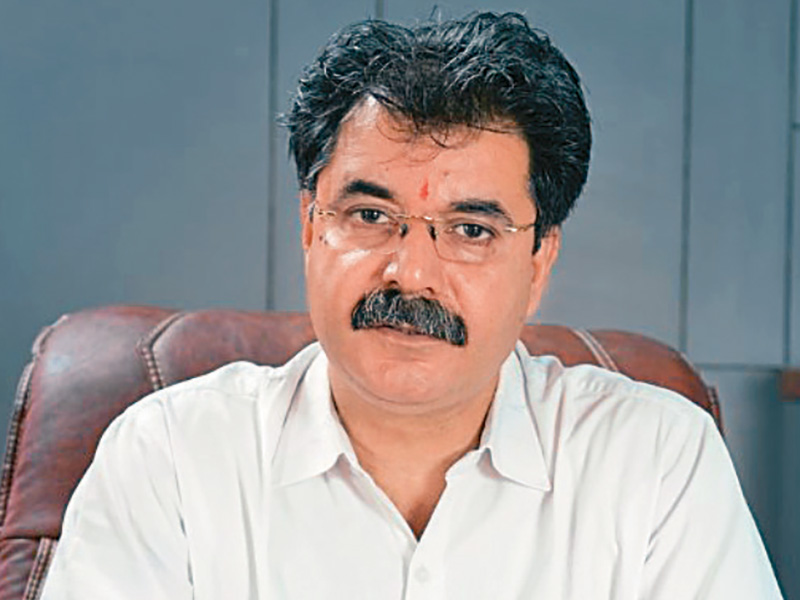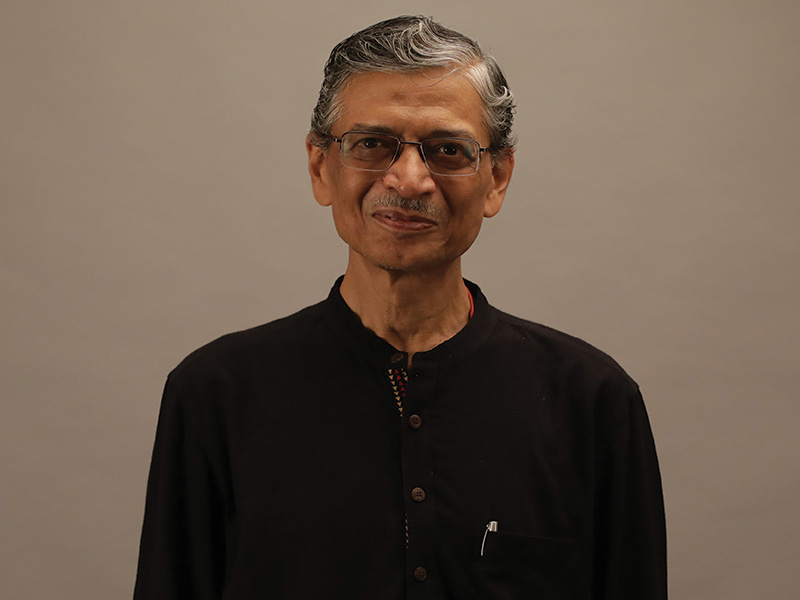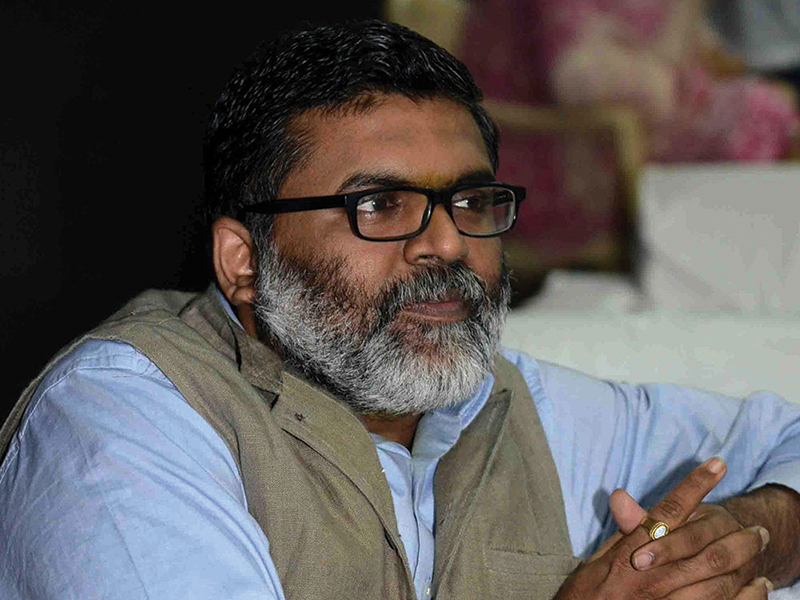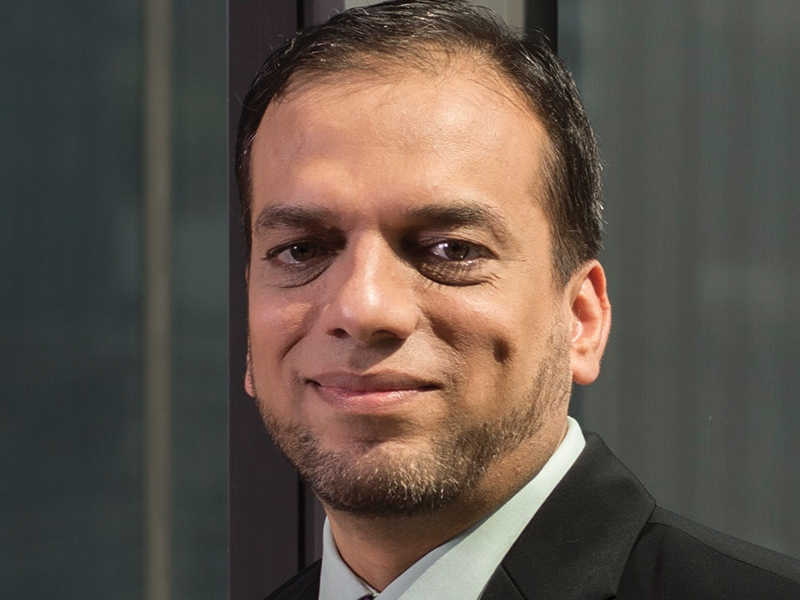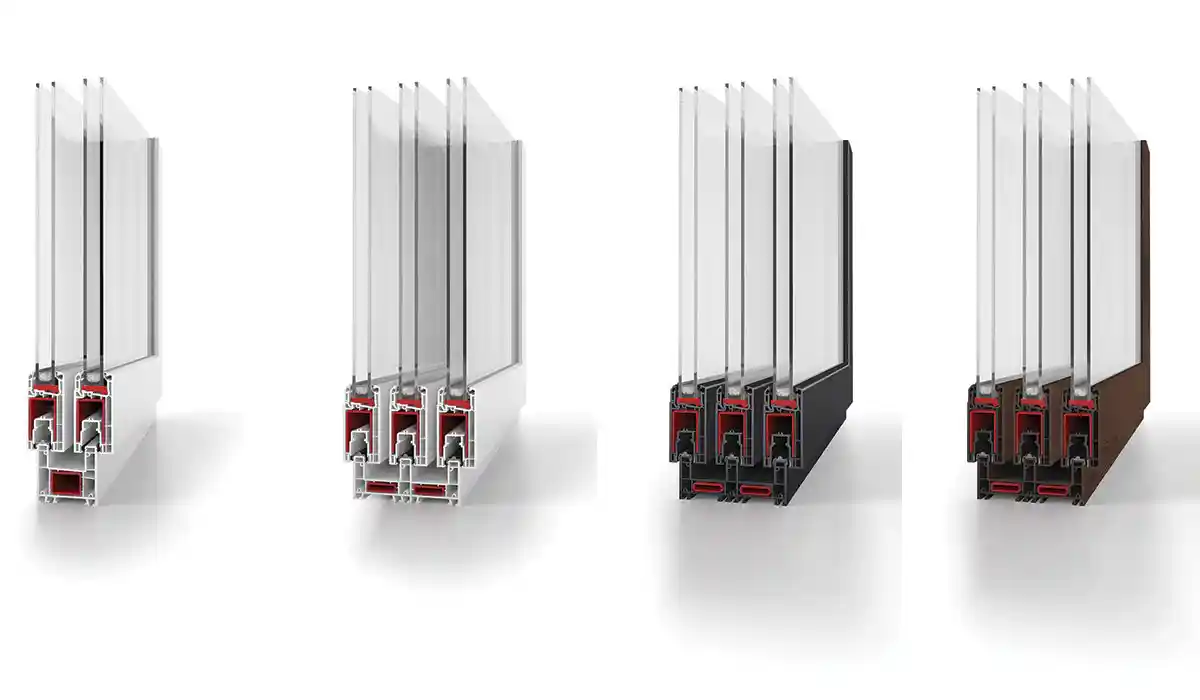
How is the fenestration industry of India evolving and becoming more organized?
Earlier, the fenestration market was very disorganized with more local than organized players, but now, with bigger builders launching mega projects, the fenestration industry is focusing a lot on well-designed products that offer noise and thermal insulation, ventilation, etc.
Today, superior quality systems can be made in India as technologically there is no constraint. The constraint lies in the volumes and the tooling needed, which is an investment issue as no manufacturer would want to invest in tooling for a small volume. As and when the industry acquires the required volume, India will be able to make the systems locally. Till then, there will continue to be some amount of imports, especially of special systems such as the ‘lift and slide’ which are not an economical option due to lower volume. We too have localized certain systems which are being produced at our plant in Vadodara.
Earlier, construction was done of smaller units and fabricators could afford to do a lot of site work. Today, construction is being done of multiple towers with hundreds and thousands of dwelling units, each of them having 4-5 windows which could total to thousands of windows and all of them look exactly the same. This is possible only with factory-manufactured systems like Aluplast. We are offering systems with 3, 5, and 7 chambers, which fully meet the demands of the real estate industry. We have recently added lamination which gives the colour and finish of wood / metal to our profiles.
As a member of UWDMA, I know that a lot of skilling of fabricators is being undertaken. The Association is also working on setting standards – a topic which is very close to my heart. It is trying to push some kind of regulation so that doors and windows become more organized and have a certifying body like the EU in Europe. Today, anybody can become a window manufacturer, which is a concern as this dilutes the quality of the end-product.
Real estate builders are now willing to spend a bit more on modern fenestration systems to make their projects more sustainable, and are willing to discuss recycling and find ways to reduce energy consumption in their buildings.
Ravi Balakrishnan
Which material is seeing a bigger demand: Aluminium or uPVC?
Both Aluminium and uPVC have their own set of advantages, so both will co-exist. Typically, for very long and tall systems that are more than 3 meters in size, Aluminim is preferred. But for users looking for a high level of noise insulation, uPVC definitely has an edge. When it comes to thermal properties, inherently, uPVC is a very high insulating material.
While both Aluminium and uPVC have an extremely long lifespan of 30-40 years, uPVC is still at a nascent stage. From a sustainability point of view, uPVC is much better because after the end of its life it can be taken back for redevelopment. After being grinded, a new window can be made out of it. What’s more, the grinding can be done at our end, while for Aluminium, which is also recyclable, it has to be taken back to the mill for grinding. The energy needed to recycle uPVC is very low and uPVC is also cheaper than Aluminum by 20-25% (though the price would vary from system to system).
What trends and end-user preferences are influencing the market in India?
As regards trends, uPVC was always seen as white with a plastic feel. Today, we can offer 8-10 varieties in different colours and finishes like wood and metal. Jet black is also trending as it creates a good impact. Architects are also looking at different colour options and finishes that complement the rest of the building’s aesthetics.
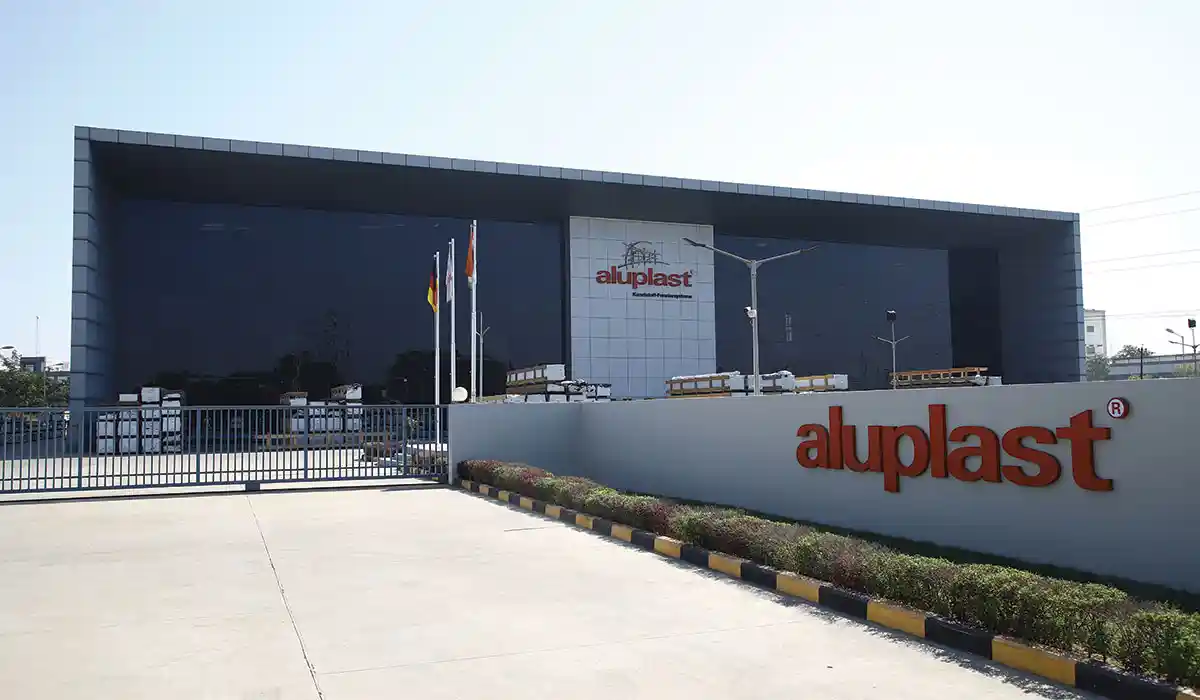
What is also interesting is the recent trend for automation. There is a lot of preference for automated/motorized systems, for instance the newly introduced automated door by Aluplast. More sensors are coming in so when a door or window is left open or closed you get an alarm or an alert. Eventually, one will be able to control doors and windows with Alexa voice command, or a Google app.
Another trend would be sustainability, which is percolating down from the elite class to everyone now, given that climate change is impacting all. Builders are willing to spend a bit more to make their projects more sustainable as per user demand. They are willing to discuss recycling, energy consumption in their buildings, and they are looking at ways to reduce the air conditioning in their projects.
How is Automation enhancing user experience?
With Automation user is looking for ease of use with safety, reliability and serviceability. For example, if the door is opening and closing automatically, it should not crush anybody, especially children who are easily distracted by their surroundings. Here again, there are systems that take care of this, for example, systems that sense any kind of pressure blocking the movement of the door, following which, the door will automatically stop moving or it will send an alarm.
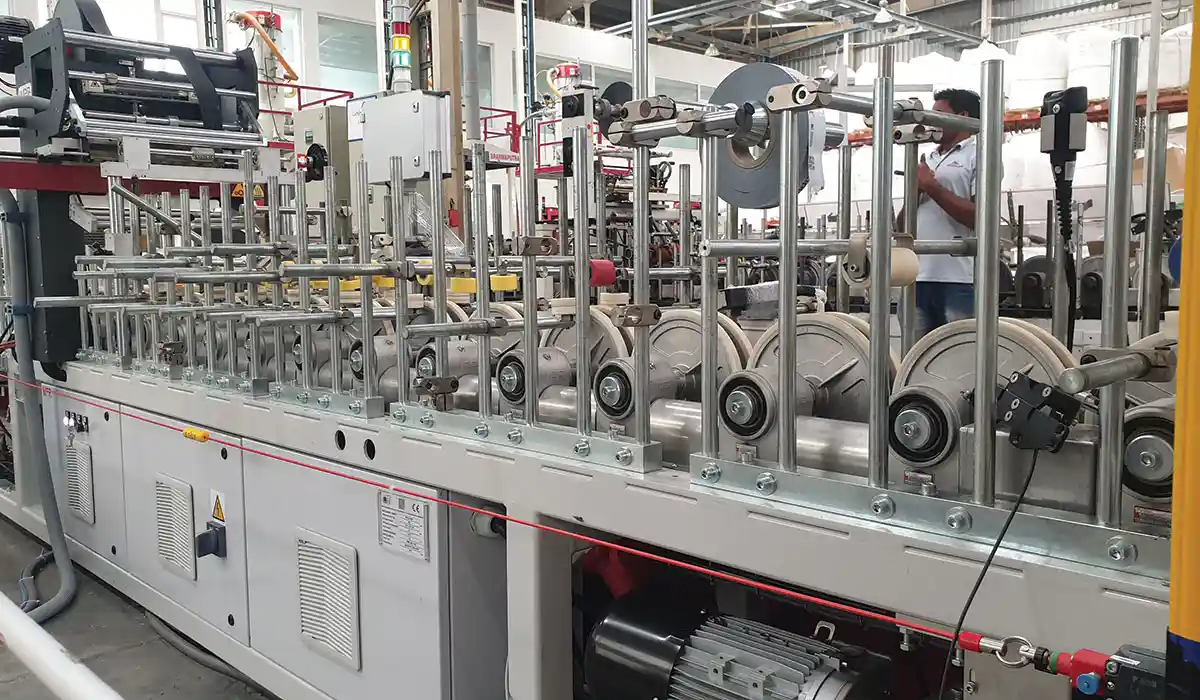
Automation also helps in ventilation by opening and closing windows for short periods of time which can be set as per your preference on your home automation system, remote control or app.
How are Aluplast systems addressing the issue of safety?
uPVC systems come with different levels of safety depending on the configuration; there is intrusion prevention and on an even higher level are windows with laminated glasses of various thicknesses – even bullet-proof glasses.
The option of having grills is also there. Our systems are designed to take certain thicknesses of glass and of certain weights. The choice of glass is left to the customer and usually varies from region to region. It could be laminated glass, thicker glass for insulation, etc. We also offer systems with a special track for mosquito nets.
Our uPVC windows come reinforced with steel and are designed based on the wind load, the elevation etc. We also design windows as per the application; for instance, in the USA we offer windows that are rated for hurricanes.
As regards maintenance, Aluplast profiles only need some wiping and no re-painting as the profiles do not grow molds, and they will not contract or expand like wood under temperature variations. Over and above all this, if you use a high-quality hardware then your systems will give trouble-free performance for 20-30 years.
Which projects is Aluplast currently involved in and what are the company plans to expand its business in India?
We are predominantly into the residential market. In Delhi we are with DLF, and with Prestige and Brigade real estate groups in Bangalore. We are doing projects for CPWD, IIT, and for some schools and institutions that want windows that enable noise prevention.
Aluplast is a German company which has invested a good amount in our Baroda plant. Today, we have a pan India presence with 80 fabricators who convert our profiles into doors and windows most efficiently. We are growing above the average market rate in India.
Our Baroda plant has enough land for expansion, and we are discussing when to invest in phase 2. We have the infrastructure ready and are ready to grow with the market. However, this would depend on the market condition. Unfortunately, 2020 and 2021 was a roller coaster ride, when construction work stopped or slowed down; but all the projects are back now, and we would like to ride the way.
What is driving demand for modern fenestration systems in India?
In India, we are looking for sub-segments, so city-wise, if you go to Ahmedabad, Pune, Delhi, Mumbai etc, the number of project launches have increased and there is a real uptick in every market. Prices are going up and so is the demand. Post-Covid people are working from home and want a home with modern interiors and are not averse to investing more in their homes.
Builders are seeing a growing demand for 3bhk over 2bhk. We are seeing Tier 2 & 3 cities coming up with villas, holiday homes, bungalows, and farmhouses where owners want high-end solutions such as good visibility, sliding doors, and large windows with views of the landscape, swimming pool etc. We are also seeing a rise in preference for coloured profiles.
Places like Akola in Maharashtra, Amravati and Vishakaptnam are becoming important markets for us. We have a lot of projects in Goa where people want a nice weekend home, and where they are looking at solutions and not at the pricing.

